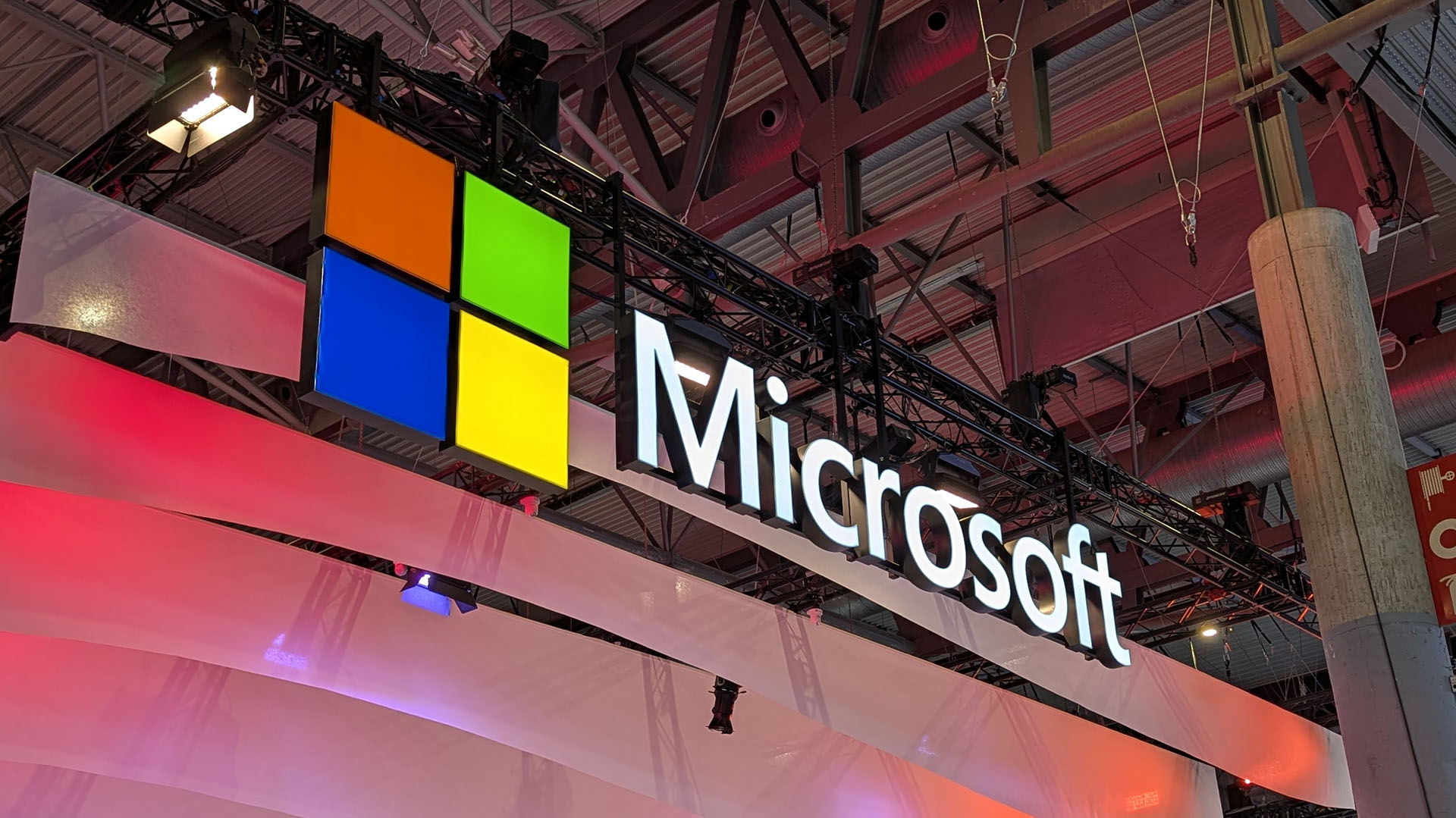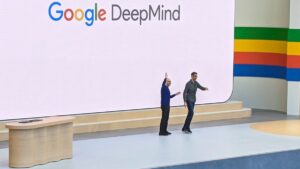Microsoft’s Phi-4 Reasoning Models Comparable to OpenAI’s 03-Mini

Microsoft’s Advancements in Generative AI
The Ongoing Partnership with OpenAI
In the fast-evolving world of artificial intelligence (AI), Microsoft has established itself as a significant player. Despite some signs of a fraying relationship with OpenAI—a company it has partnered with on numerous projects—Microsoft continues to push forward in the development of generative AI technologies.
Launching New Small Language Models
Recently, Microsoft made headlines by unveiling several small language models (SLMs) under the "Phi" branding. These newly developed models include Phi 4 Reasoning, Phi 4 Mini Reasoning, and Phi 4 Reasoning Plus. The introduction of these models signifies Microsoft’s intention to innovate and redefine how AI can be used in app development, especially for developers looking to enhance efficiency without relying on heavy computational resources.
A Shift Toward Reasoning Models
Microsoft’s approach to AI reflects a broader trend among tech companies to adopt reasoning-based models. Unlike traditional models that provide quick, generic responses, Microsoft’s new models take a moment longer to analyze inputs more thoroughly, resulting in a curated and accurate response.
"Using techniques such as distillation, reinforcement learning, and high-quality training data, these models strike a balance between being lightweight and performing complex tasks efficiently." – Microsoft
Key Features of Microsoft’s Phi Models
- Compact Yet Powerful: The Phi models are designed to operate in low-latency environments, making them suitable for devices with limited processing power while still maintaining strong reasoning capabilities.
- Reasoning and Accuracy: The Phi-4 reasoning model, which draws on web data and curated examples from OpenAI’s o3-mini model, excels in diverse fields like mathematics, science, and coding.
- Educational Tools: Phi-4 Mini Reasoning has been specifically trained on around 1 million synthetic math problems and is aimed at educational applications, making it a beneficial tool for learning environments.
Performance Comparison
Microsoft claims that these new Phi models are competitive with DeepSeek’s R1 reasoning model, despite having fewer parameters. The performance of these models is also benchmarked against OpenAI’s o3-mini reasoning model through OmniMath skill tests, showcasing their capability to solve intricate problems efficiently.
Implications for Developers
The introduction of the Phi series represents an opportunity for developers to create more capable applications that can handle more complex tasks without needing excessive computational strength. This focus on smaller yet effective models aligns well with the growing trend towards optimizing AI for wider applications, particularly in educational and resource-limited environments.
Summary of Microsoft’s AI Strategy
Microsoft’s commitment to advancing generative AI underscores its aspiration to lead in this competitive space. The Phi family’s innovations demonstrate the company’s effort to create AI solutions that can define new standards in reasoning and efficiency, catering to a variety of users, from developers to educators. By leveraging smaller models that do not compromise on performance, Microsoft positions itself strategically to continue making strides in the AI landscape.




